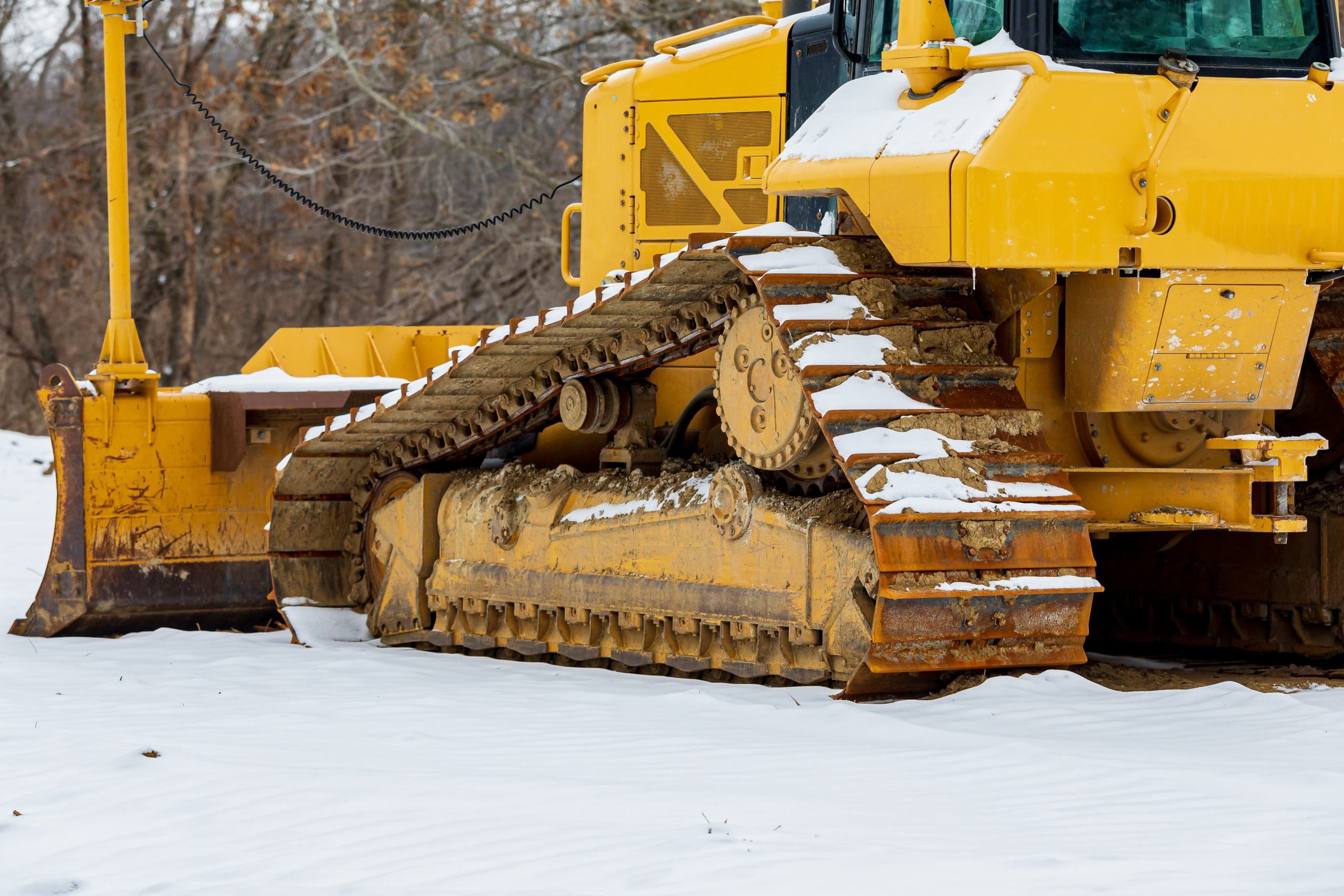
The official start of winter is still weeks away, but you need to start considering winterizing your equipment if you haven’t already. Depending on your location, this could just apply to your mowers as the grass goes dormant or include your construction equipment if you don’t work through the colder months.
Taking the time to carry out these various maintenance tasks now will help set you up for success the following year. These practices also help extend the lifespan of your equipment. For instance, if you choose to leave a full tank of gas in one of your mowers without adding a stabilizer, the fuel can become stale, gumming up the carburetor and inviting rust.
Winterizing Mowers
First, review the manufacturer’s operating manual for your mowers, as they can cover maintenance practices specific to that model. Spark plugs can degrade over time and this requires the engine to use more fuel, so they should be replaced at least once a season.
The mower blades should be sharpened as dull blades result in a ragged cut to the grass. Check the blades for bends, dents and other damage. Replace these if needed. While the blades are removed, clean the mower’s undercarriage of any remaining grass and debris from the season.
Inspect belts and filters for wear and tear. Air filters can be cleaned and replaced as needed. Fuel filters are advised to be replaced rather than cleaned.
When it comes to keeping the gas tank empty or full over the winter, some sources suggest burning off the remaining fuel, but this can allow oxygen to enter the mower’s carburetor. Water vapor can condense, causing corrosion in the tank, fuel lines, carburetor and cylinders. Also, fuel system plastics and rubbers can become brittle and crack when exposed to air.
Adding a fuel stabilizer with a fresh tank of fuel prevents it from breaking down and reduces the risk of water vapor condensing. Let the mower run for a few minutes so the fuel can cycle through the system.
Winterizing Battery-Powered Equipment
Because battery-powered equipment has fewer parts, they typically need less care when it comes to winterization. The main concern is storing batteries in a heated space over the winter. They should not be left charging over the winter as this can decrease their power and life cycle.
Winterizing Construction Equipment
Similarly, compact construction equipment’s batteries should be stored in a temperature-controlled space until you plan to use the machine again. The other option is to maintain a trickle charge if you opt to leave your batteries in the equipment.
While you might not have the facilities to store all of your compact equipment in a fully enclosed shop, direct exposure to the weather can be hard on your machinery. Waterproof tarps can provide a measure of protection and erecting a sturdy temporary shelter can also be an option.
Over the winter, equipment tracks can freeze to the ground and tires can develop flat spots. To prevent this, set tracked machines on wood planks and raise wheeled machines’ chassis to relieve tire weight.
Fluids should be monitored as freezing temperatures can reduce their efficiency or damage surrounding components. Completely filling tanks before storing your compact equipment reduces the impact of shifting temperatures and the build-up of condensation.
Equipment attachments should be removed as the cold can shrink fittings making these attachments to be harder to remove later on. Ideally, these attachments should be stored inside and protected from the elements.

